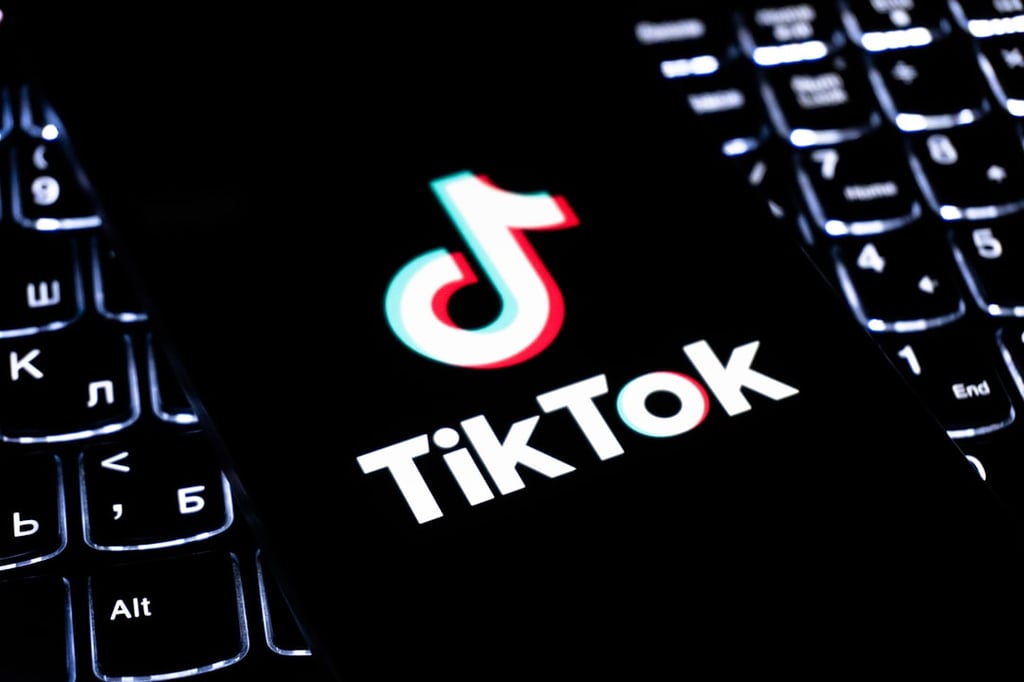Datamation content and product recommendations are
editorially independent. We may make money when you click on links
to our partners.
Learn More
Just when you thought the smartphone headache couldn
’
t get any worse, the CFO waltzes into your office. He tells you his team of roving internal auditors and analysts must have increased access to the accounts payable, receivables and credit data in the ERP system while they
’
re traveling.
And no, he’s not talking about them using their highly secured laptops, either. The iPhone, iPad, Samsung Galaxy and their ilk are invading corporate briefcases, pocket books and backpacks with a vengeance.
Indeed, a recent survey by Bloomberg Businessweek Research Services found that while around a third of large and medium-sized organizations currently provide some sort of handheld device access to the company’s financial jewels, by 2012 roughly three quarters will be providing such access.
And it isn’t just a handful of users. The 1,004 survey respondents from the U.S., Asia, Europe and the rest of the world indicated that more than half of their senior executives and middle managers were being given access to sales, budget, customer order s and other mission-critical information.
As you can see in the table below, email access via a handheld device is already almost ubiquitous among the suits. The big shifts are coming in the percentage of companies providing access for financial functions:
![top corporate smartphone apps]()
Top corporate smartphone app categories
Source: Bloomberg Businessweek Research Services
Before you panic and run into the game room to pound a ping-pong ball, a few caveats are in order. First, the data just indicates which apps will be available to handheld users, but it isn’t clear how much access to budget numbers middle managers will have, or need, while they’re in a cab on a street in Mexico City.
Second, the rate of adoption of this enhanced access depends in large measure on where your company is located. European and Asian companies appear much more eager to provide this access. The more advanced mobile broadband networks in Korea, Japan, Scandinavia and elsewhere make an ambitious handheld data access experience a lot more realistic.
“There’s been a tremendous update of devices in Japan due to the 4G broadband wireless capabilities there,” notes Mark White, CTO of Deloitte Consulting.
Third, at this point we’re just talking about access to data, not doing major OLAP routines while using a Blackberry with a screen not much larger than an airmail postage stamp. Pre-configured reports and other static info, coming to the handheld device has been the current state of the art.
However, in the past few months the proliferation of increasingly sophisticated and powerful handheld device operating systems and apps and the ever-growing expectations of end users and their supervisors (I’m talking about the CEO and CFO as well as the department managers) offer a new level of performance that can handle more dynamic tasks.
My earlier column has more information about the tools that
enable mobile devices to access business intelligence applications and data sets.
White says that handheld device users now have the ability to take data and manipulate it to discover important insights. And ultimately you’ll see users with these devices collaborating with colleagues about the data.
“As the more senior business decision makers get experience with large amounts of info in a format size that is accessible and readable, it will take off even faster,” White adds.
Have iPad or Tablet, Will Travel
Don’t underestimate the stampede by senior managers and executives to get an iPad or other tablet type device. William Briggs, Director, Deloitte Consulting and deputy CTO says, “The use has grown exponentially in the last four months.”
In the short term, the rush to buy and use a tablet will lead to the expectation that simple transactions can be conducted via a handheld device. White mentions booking a conference room, accessing the corporate travel site, filing expense reports and other mundane internal tasks. That’s just the appetizer, though.
The main course is much more challenging. These devices are not just simple personal digital assistants to accomplish simple tasks while traveling. Many C-level executives view tablets and high end smartphones as a key component for “large scale process transformation,” as Briggs notes.
The avant garde are rethinking how a manufacturer or distributor manages inventory, or how materials flows are tracked in a supply chain. They see the combination of GPS location knowledge, cameras that are also scanners, a decent keyboard, Wi-Fi or 4G broadband access, and cloud and social media tools as the vital ingredients for reworking business processes.
That’s what Briggs is talking about. And he’s not alone.
For these and other reasons, IT departments need to take a long and hard look at how their existing infrastructure will support mobile devices that are not just dumb terminals receiving pre-set reports. Everyone knows about the security issues, but that’s just the beginning of the journey into the land of the handheld as king.
“People don’t realize the complexity of integration, especially device management,” note Briggs. The infrastructure has to be configured to manage pagination and what Briggs calls “lazy loading.” Your servers need to know which applications and data requests do not need to push an entire file over the network — just the data subset they need.
Client-sensing technology at the data center is crucial and it must be tied into the specific applications, because some applications will need to send more data than others.
Proliferating Devices….
Another big architecture challenge involves the proliferation of devices. Many companies are moving to a multiple device policy — the company will supply employees with one type of device, and support access for other types of devices owned by the employees.
The BYOD approach — bring your own device — is fraught with legal and technical complexities. Inevitably, most IT shops will support multiple mobile device operating system platforms.
Briggs recalls the “homogeneous back office fantasy” at most organizations as reminiscent of current thinking that companies can mandate just one device. Instead, IT managers need to accept the heterogeneity of the mobile device OS world and deal with it.
Furthermore, users will demand a consistency of what they can see and do, no matter which device.
“You will need a sophisticated middle tier to do this, with a service bus,” Briggs explains. “This type of infrastructure is no longer a nicety but is becoming a mandate.”
Given the adoption rates forecast by users responding to the Bloomberg Businessweek Research Services survey, your organization has less than six months to develop and deploy a robust integration strategy.
-
Ethics and Artificial Intelligence: Driving Greater Equality
FEATURE | By James Maguire,
December 16, 2020
-
AI vs. Machine Learning vs. Deep Learning
FEATURE | By Cynthia Harvey,
December 11, 2020
-
Huawei’s AI Update: Things Are Moving Faster Than We Think
FEATURE | By Rob Enderle,
December 04, 2020
-
Keeping Machine Learning Algorithms Honest in the ‘Ethics-First’ Era
ARTIFICIAL INTELLIGENCE | By Guest Author,
November 18, 2020
-
Key Trends in Chatbots and RPA
FEATURE | By Guest Author,
November 10, 2020
-
Top 10 AIOps Companies
FEATURE | By Samuel Greengard,
November 05, 2020
-
What is Text Analysis?
ARTIFICIAL INTELLIGENCE | By Guest Author,
November 02, 2020
-
How Intel’s Work With Autonomous Cars Could Redefine General Purpose AI
ARTIFICIAL INTELLIGENCE | By Rob Enderle,
October 29, 2020
-
Dell Technologies World: Weaving Together Human And Machine Interaction For AI And Robotics
ARTIFICIAL INTELLIGENCE | By Rob Enderle,
October 23, 2020
-
The Super Moderator, or How IBM Project Debater Could Save Social Media
FEATURE | By Rob Enderle,
October 16, 2020
-
Top 10 Chatbot Platforms
FEATURE | By Cynthia Harvey,
October 07, 2020
-
Finding a Career Path in AI
ARTIFICIAL INTELLIGENCE | By Guest Author,
October 05, 2020
-
CIOs Discuss the Promise of AI and Data Science
FEATURE | By Guest Author,
September 25, 2020
-
Microsoft Is Building An AI Product That Could Predict The Future
FEATURE | By Rob Enderle,
September 25, 2020
-
Top 10 Machine Learning Companies 2021
FEATURE | By Cynthia Harvey,
September 22, 2020
-
NVIDIA and ARM: Massively Changing The AI Landscape
ARTIFICIAL INTELLIGENCE | By Rob Enderle,
September 18, 2020
-
Continuous Intelligence: Expert Discussion [Video and Podcast]
ARTIFICIAL INTELLIGENCE | By James Maguire,
September 14, 2020
-
Artificial Intelligence: Governance and Ethics [Video]
ARTIFICIAL INTELLIGENCE | By James Maguire,
September 13, 2020
-
IBM Watson At The US Open: Showcasing The Power Of A Mature Enterprise-Class AI
FEATURE | By Rob Enderle,
September 11, 2020
-
Artificial Intelligence: Perception vs. Reality
FEATURE | By James Maguire,
September 09, 2020
SEE ALL
ARTICLES







